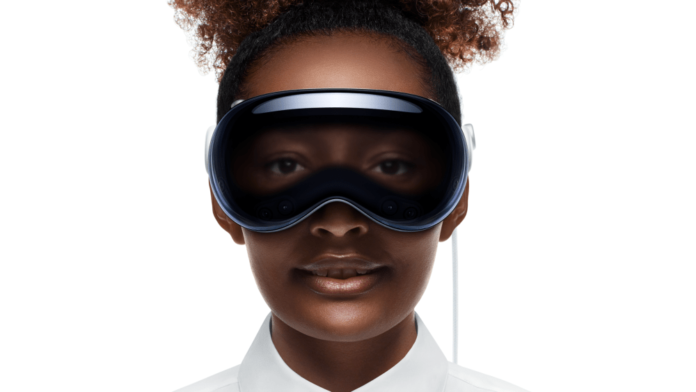The launch of Apple’s Vision Pro has stirred a whirlwind of excitement and skepticism among tech enthusiasts and early adopters alike. While the allure of Apple’s latest foray into the world of augmented reality (AR) and virtual reality (VR) headsets is undeniable, some users are experiencing buyer’s remorse, leading to a surprising number of returns within the initial 14-day period.
The Vision Pro, heralded as a groundbreaking device, promises an immersive experience unlike any other. However, the practicality of replacing traditional computing with a headset remains in question. Despite its advanced features and the promise of a new digital interaction paradigm, the headset has faced criticism for its comfort—or lack thereof. Reports of physical discomfort, including migraines and eye strain after prolonged use, have surfaced, casting a shadow over its futuristic appeal.
One user lamented the unbearable headache experienced after just two hours of use, a sentiment echoed by others who found the device’s ergonomics lacking. The Vision Pro’s hefty price tag, which can soar above $4,000, adds to the dilemma. For some, the investment seemed justifiable for a device that could revolutionize how we interact with digital content. Yet, the reality of using it primarily for video consumption, especially when it becomes uncomfortable in theater mode, has led to second thoughts.
The phenomenon of buyer’s excitement turning into buyer’s remorse is not uncommon in the tech world. The initial “wow” factor often gives way to practical considerations, such as actual use cases and cost-benefit analysis. Luke, an enthusiastic early adopter, praised the device’s ability to interact with virtual windows floating in mid-air, a testament to Apple’s innovation. Yet, even the most compelling features couldn’t sway skeptics like Mark Zuckerberg, who believes his Meta Quest 3 offers a more impactful product overall.
The sight of users donning the Apple Vision Pro in public places like subways and dinner tables has sparked debates about the societal implications of such technology. While some find the experience “very fun,” others question the practicality and social appropriateness of wearing a VR headset in social settings. The device’s limitations in motion and its design for stationary use at home or in the office further narrow its practical applications.
Inquiries about the number of returns have been met with silence from Apple, leaving the tech community to speculate about the device’s reception and future. As the line between digital and physical worlds continues to blur, the Apple Vision Pro stands at the forefront of this technological evolution. Whether it will become a staple in our digital lives or a cautionary tale of innovation outpacing practicality remains to be seen.
For now, the Apple Vision Pro represents both the incredible potential of AR and VR technologies and the challenges they face in integrating seamlessly into our daily routines. As we navigate this uncharted territory, the experiences of early adopters offer valuable insights into the future of wearable tech and its role in shaping our interaction with the digital world.
Source: Today.com





